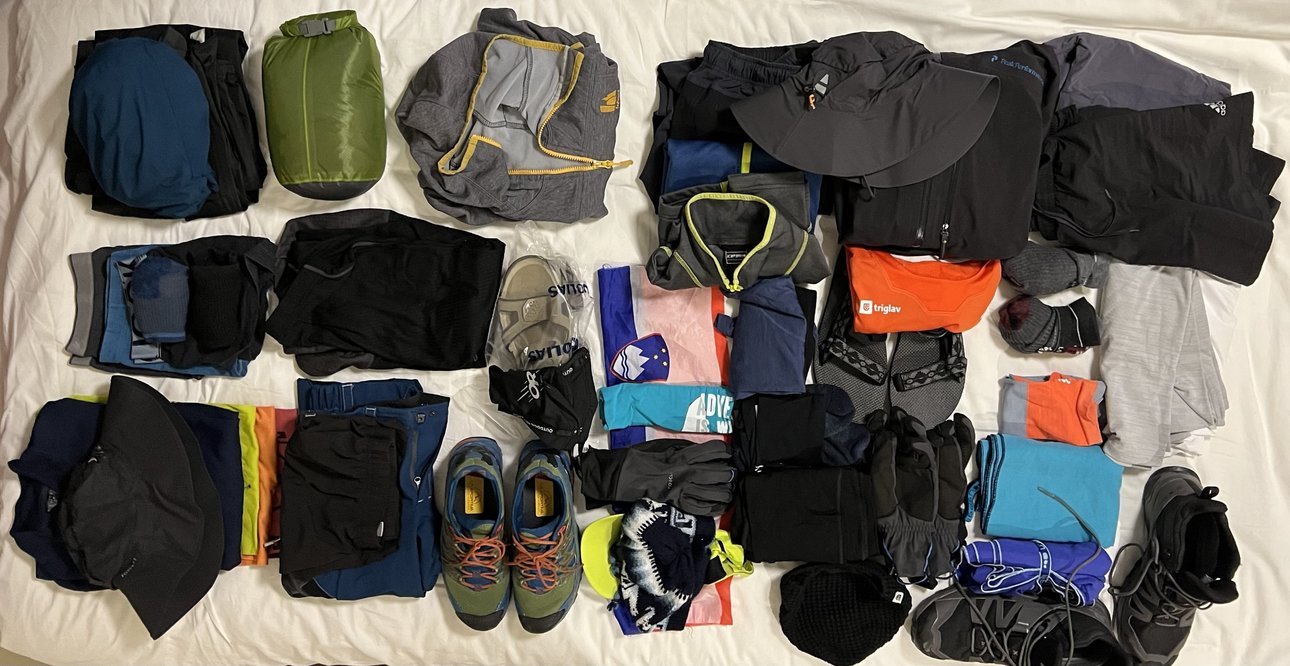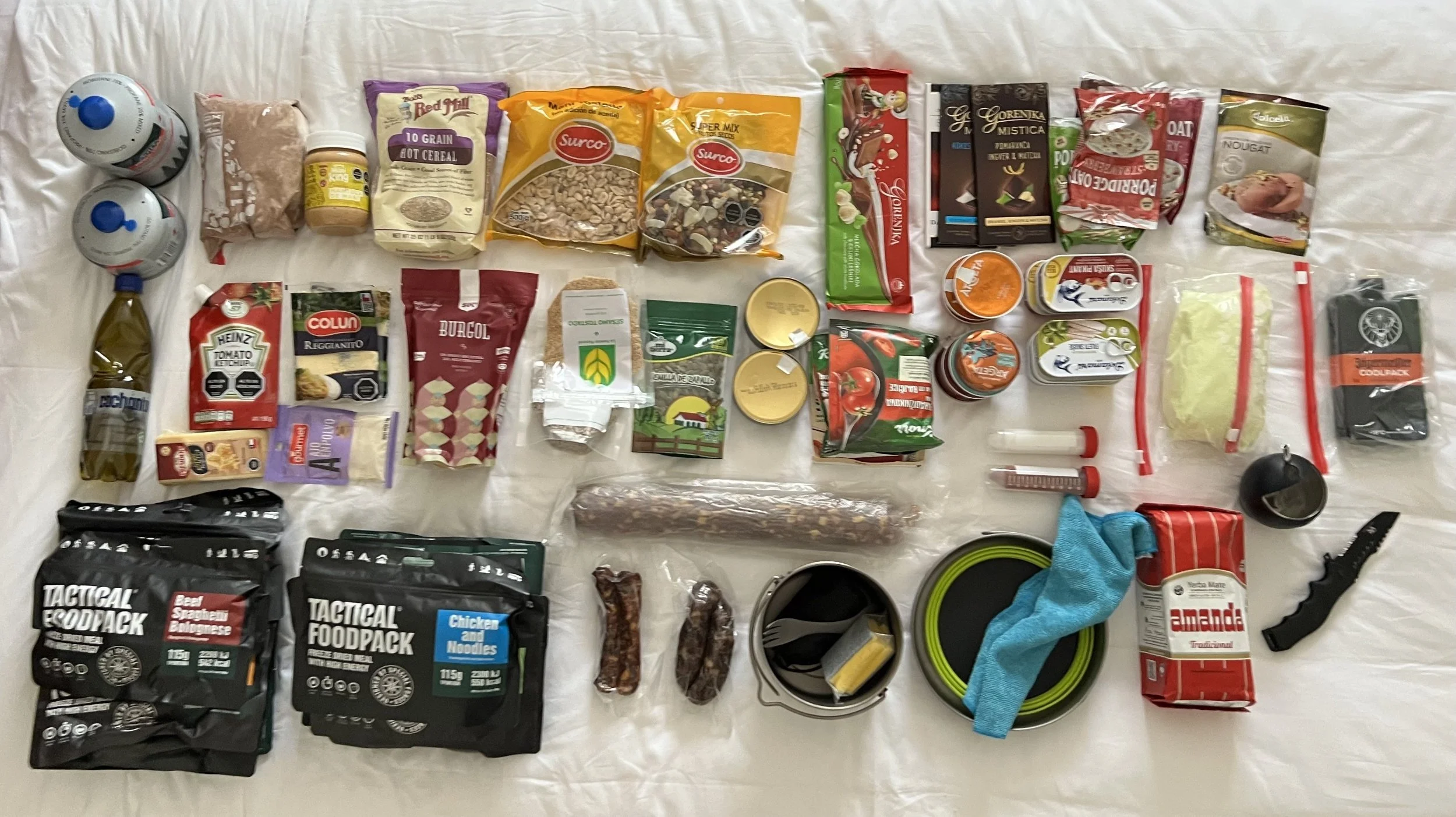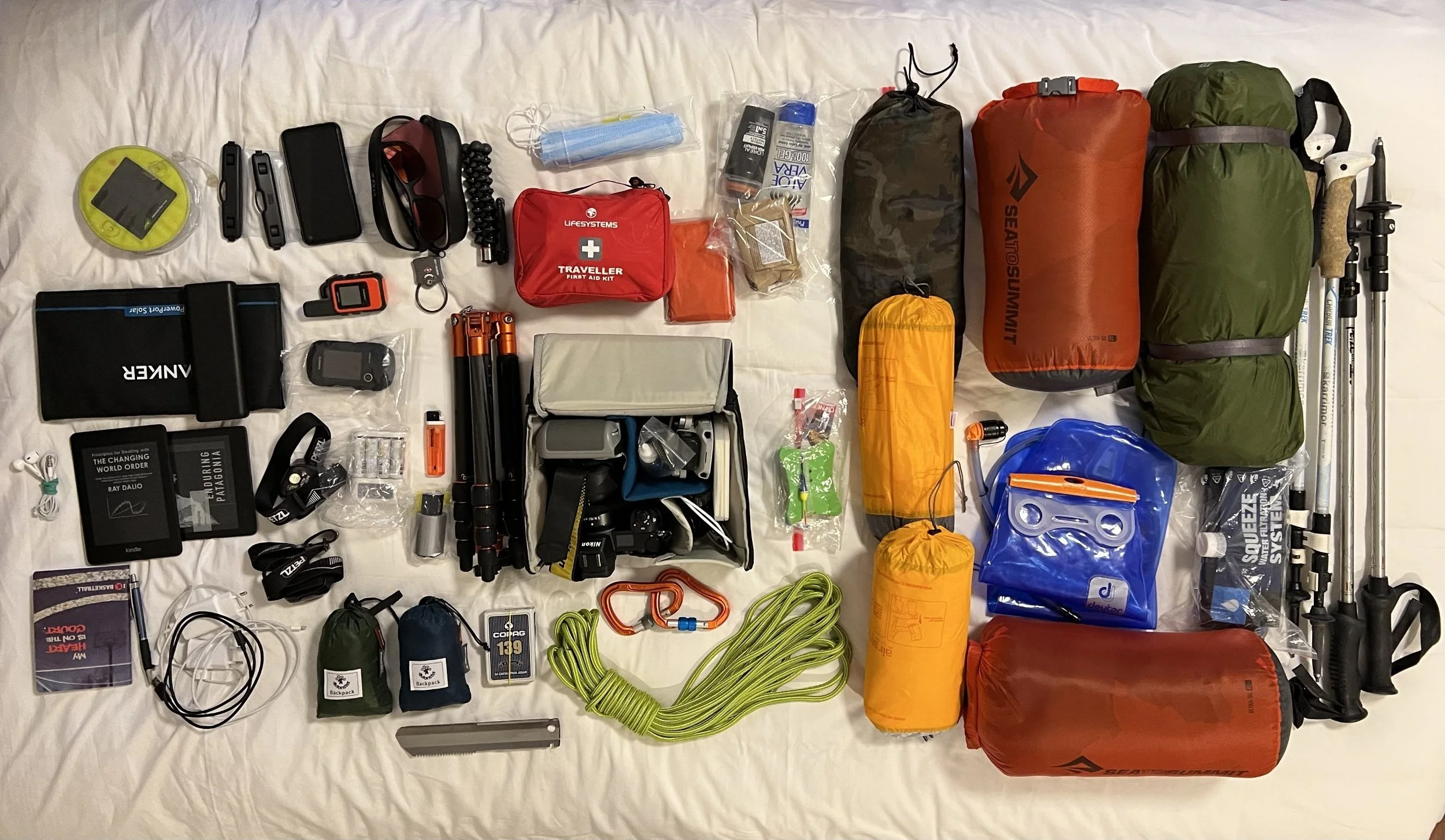BIENVENIDO A CHILE
The Andes, the longest mountain range in the world.
Trekkings, especially of such length (3 months), don't usually start with beautiful pictures, colourful sunrises and sunsets, and peaking Milky Way in the night sky. There is a lot of planning and packing involved to ensure you are well prepared, have enough (but not too much) to eat, and are able to charge your electronics, the list could go on. Not to mention, we were planning a trip amid covid times.
-
Traveling during the pandemic was different from what it used to be. You couldn't just scroll around the map, choose a place that interested you, buy flight tickets, fill your backpack, and head off on an adventure. Especially not if you were going to Chile. Being a country with one of the highest vaccination rates and lowest infection rates in the world (more than 87% of the population was fully vaccinated), it surpassed most European countries. Not to mention that people took the measurements very seriously. Several requirements needed to be completed upon and after entering Chile.
Before entering, you required:
Full vaccination, meaning two doses of the vaccine. If you had obtained the 2nd dose more than six months ago, you needed a 3rd dose as well.
Validation of your vaccination on the Chilean portal mevacuno.cl. It was easy to fill out, but it was best to proceed with this process 6–8 weeks before your trip, as it could take some time.
Health insurance for abroad with a total value of at least $30,000, specifying that it covered all COVID-19 hospitalization expenses.
A negative PCR test obtained no more than 72 hours before the departure of the last flight. With soaring rates of the omicron variant in Europe, this proved to be a rather hard part in our case.
Filling out the c19.cl declaration up to 48 hours before the flight, where you attached the health insurance and negative PCR.
Another PCR test, provided free of charge, needed to be carried out upon landing at the airport in Chile. This process was rather quick and well-organized. Afterward, you had to leave the airport and go straight to the accommodation, either by taxi or Uber, and quarantine in your room until receiving negative PCR results, which could take up to 24 hours (in our case, around 10 hours). Only then, when the paso de movilidad (mobility pass) was turned on, were you free to move around the country.
The only right way to celebrate negative PCR results and the end of pandemic bureaucracy was to have a beer or two. We met with Andres, an awesome Chilean friend, with whom we had last been drinking just before I had to leave Santiago in 2020 when the borders closed due to the start of the epidemic.
After our trip was delayed for two weeks due to an omicron infection, we were finally where we had hoped to be: in Molina, Chile, a small town, from where the bus would take us the next day to Parque Nacional Siete Tazas, the beginning of our first steps into the long journey that followed. Last checks and repacking were ongoing, and this was what was packed inside our backpacks:
Clothes and shoes: as the weather in Patagonia is diverse and unpredictable we had to pack light yet warm cothes at the same time. I almost always pack a small Slovenian flag to carry it to mountain peaks around the world.
Food: strong breakfast and dinner are the main meals when trekking. Mix of dry fruit and nuts, chocolate and wild berries, that we can forage in nature will be an addition to help us survive during long days.
Accessories: beside normal backpacking stuff, such as a tent, sleeping bags, etc., we also had to pack a powerfull solar panel and power bank to be able to charge all the electronic devices. As most of the route will be non-marked and sometimes even off-trail, a GPS device and satelite communication device is crucial. Rope might come useful to protect us against the current when crossing strong rivers, and I just couldn’t part with my Nikon Z6, tripod and DJI mini 2 drone. Photography and hiking go hand in hand for me.




